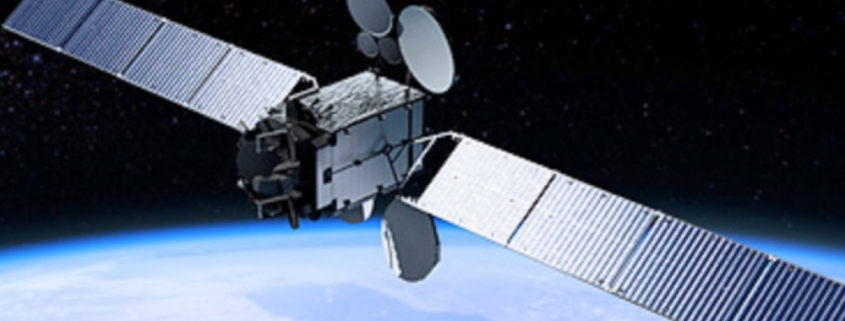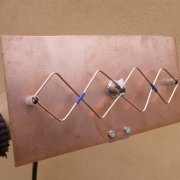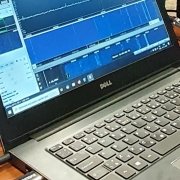Es´Hail-2 (QO-100) Satellite Reception
The date of 15th November 2018 will be recorded in the history of amateur radio broadcasting. The Qatari geostationary satellite Es’hail-2 was launched into space aboard the SpaceX Falcon 9.
In addition to commercial transponders, this satellite also includes two amateur radio transponders. These are historically the first amateur transponders on the geostationary orbit, which means that the satellite is in a stationary position relative to Earth, therefore it is not necessary to rotate the antennas toward the satellite during connection. Es’hail-2 for amateur radio is designated as Qatar OSCAR-100 and is the result of a joint project by the Qatar Satellite Company (Es’hailSat), the Qatar Amateur Radio Society (QARS) and the German amateur radio satellite organisation, AMSAT Deutschland (AMSAT-DL). The QO-100 satellite is positioned at 25.9 °E, which for Košice, this represents approximately an azimuth of 174 ° at an elevation of about 34 °. Its amateur radio transponders are:
- a linear transponder with a bandwidth of 250 kHz,
- a transponder for broadband modes with a bandwidth of 8 MHz.

The linear transponder is designed for our traditional analogue operation such as CW or SSB. The broadband transponder is designed for experimental digital operation and for amateur DVB television. The uplink is in the 2,4 GHz band and the downlink in the 10 GHz band.
As it can be seen in the picture, the satellite’s coverage extends from Brazil through Europe to Thailand.

Like many of us, also here at OM3KSI, we cannot miss the opportunity to establish connections via this satellite. We were already playing with the idea during the winter months when the transponder wasn’t yet in operation and after the launch of its test operation and listening to it via webSDR, it was decided. We gradually began looking for and ordering the necessary ‘toys’ to fulfil our plan to be active on this satellite. Our first task was to get the receiving part operational. After testing out several LNBs, which, however, based on our testing were not suitable for our amateur radio purposes, I found a link on Twitter to our western neighbours, remoteqth.com. After a discussion with Ondro, OK1CDJ, and later with Honzo, OK2ZAW, I ordered their LNB and it became a different kind of story. After a private test, we decided to share our experiences with other friends, radio amateurs from Košice, so that we could expand the Slovak community and more of us could be heard on the satellite. On 5th April 2019, we organised a small workshop at our Faculty of Aeronautics in Košice and introduced at least the receiving part of this satellite. We still hadn’t received the transverter for the 13 cm from LZ5HP, but we wanted to show the boys at least something, all the while enjoying the beautiful weather. The following video shows the signal from the QO-100 satellite beacon as we heard it with our equipment (LBN from remoteqth.com, 67 cm dish FE Panorama, SDRPlay 1A and SDR Console v.3 software).
After a fruitful discussion, we were all satisfied with the event, which was organised in a short space of time. We apologise for not being able to invite everyone, but our next workshop will be focused also on the broadcasting part, as yesterday, 8th April, we received the transverter for the 13 cm from Hristiyan LZ5HP. After the completion of the 2.4 GHz irradiator, being worked on by Dušan OM3WAK, we will continue with our miniseries focused on getting to know the QO-100 satellite and I hope there will be more of us. We will let you know the date in due time.
Finally, I include a small gallery of photos from Friday’s meeting. In the first photo from the left: Dušan OM3WAK, Peťo OM8ADU, myself OM8WG, Miroslav Šmelko (the chairman of our club, at this time still as a listener), Janko OM3ZAH. Milan OM8MM, stood behind the lens, taking this photo. Thank you, Milan!
The illustrative images used in the article are taken from amsat-dl.or.














